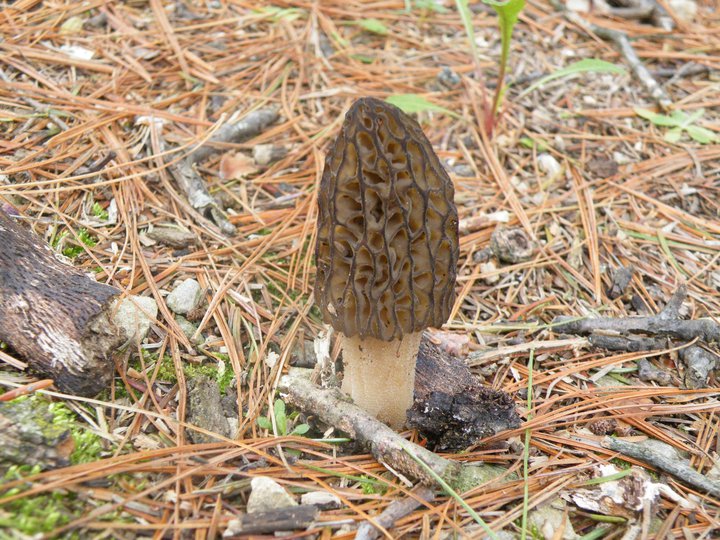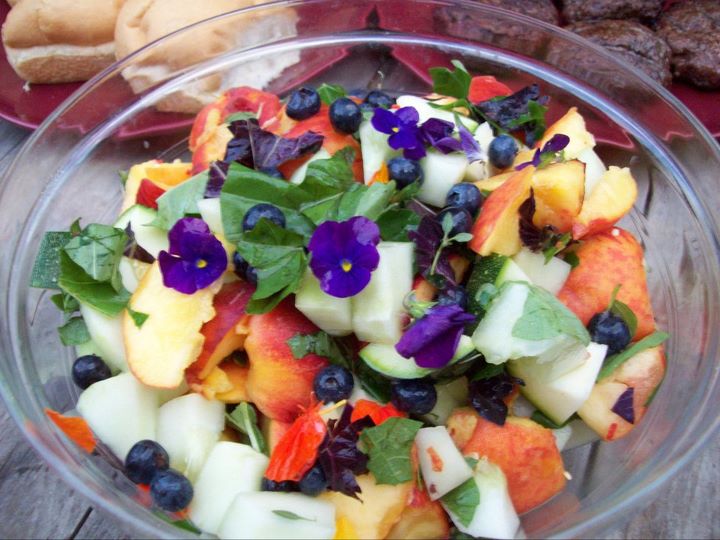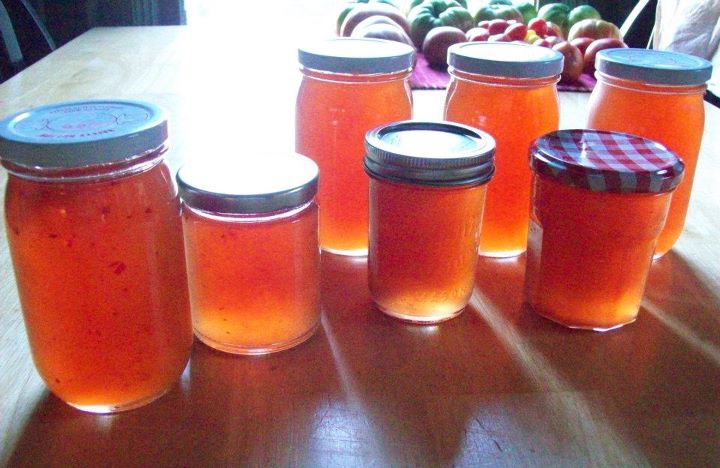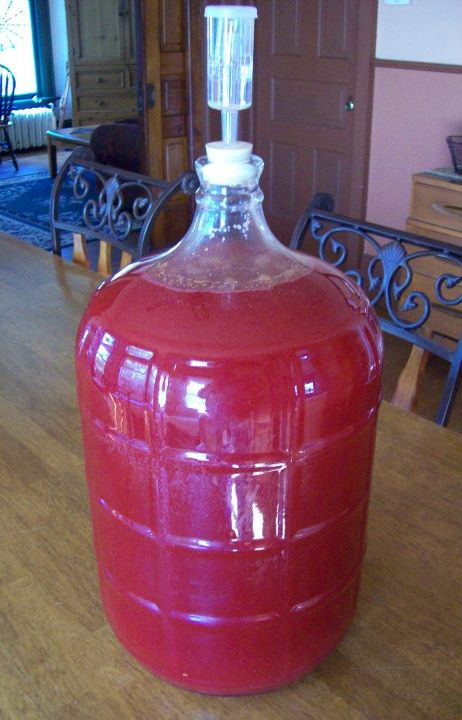Goosefoot Pesto
 Monday, November 7, 2011 at 2:13PM
Monday, November 7, 2011 at 2:13PM Goosefoot or Lamb's Quarters is one of the first wild plants that I tell people about who are new to foraging, just because it's so very abundant, tasty and easy to identify. We'll discuss more detailed goosefoot taxonomy and identification in a follow-up journal entry; for now I just wanted to share some images and the recipe for a pesto I made this morning using the plants that were growing in a small patch next to our house. They're forecasting frost and freezing temperatures for midweek, and I thought I ought to harvest what I can while there's still time.
This patch of goosefoot sprang up in two big washtubs I had filled with dirt and intended to plant something else in, but never did. Once I saw the washtubs being taken over by this "weed" I was more than happy to let that be my chosen crop.
Goosefoot is most often compared to spinach as a leafy green. I don't find that to be accurate as it concerns flavor (to my palate it doesn't have near the intensity or bitter qualities of spinach), but it's certainly true in how it may be used as an edible green. Use it fresh in salads, steamed with butter as a side vegetable or as an ingredient in ravioli or canoli. But one of my favorite ways to use it is as the green in pesto, in place of the traditional basil.
Detail of Goosefoot/Lamb's Quarters leaf attached to plant. (clcik to enlarge)
 Goosefoot leaf. (click to enlarge)
Goosefoot leaf. (click to enlarge)
Harvested Goosefoot.
Ingredients:
- Goosefoot leaves
- Oil (olive or canola, enough to create the consistency you want)
- Pecans (you can use any kind of nut; I just happened to have a 1/4 cup of pecans left)
- Sea salt (just a pinch)
- Fresh crushed black pepper
- Garlic (1/2 clove chopped)
Rinse the leaves well. You'll find that running water easily beads and runs off of goosefoot, a function of the white, almost powdery bloom on the leaves. It's nothing to worry about. Goosefoot is one of the cleaner plants you'll find, but rinsing under running water or immersing in a sink full of cold water should be standard practice for all plants anyway.
Assembled ingredients.
Add everything to a food processor (the really fun part) and pulse until you get a nice smooth paste. I always start with less oil that I think I'll need and drizzle more in as seems necessary (you can always add more, but you can't take any out once it's in there).
Adding the oil; canola oil in this case.
The fun part. Pulse, pulse, pulse...
 What a beautiful color! (click to enlarge)
What a beautiful color! (click to enlarge)
 Tada! I like this image. That green is just gorgeous. (click to enlarge)
Tada! I like this image. That green is just gorgeous. (click to enlarge)
Ooh, that's good!
Label and refrigerate. It will last, if you let it, two or three months in the fridge.
Addendum: There is a cultivated variety of Goosefoot that I am considering trying next year, called Magenta Spreen. It's a beautiful plant, vibrant green with patches of brilliant purple/pink on the stem and base of the leaves. Seeds can be had from several sources, including Johnny's Selected Seeds (image of the plant at this link).











Reader Comments